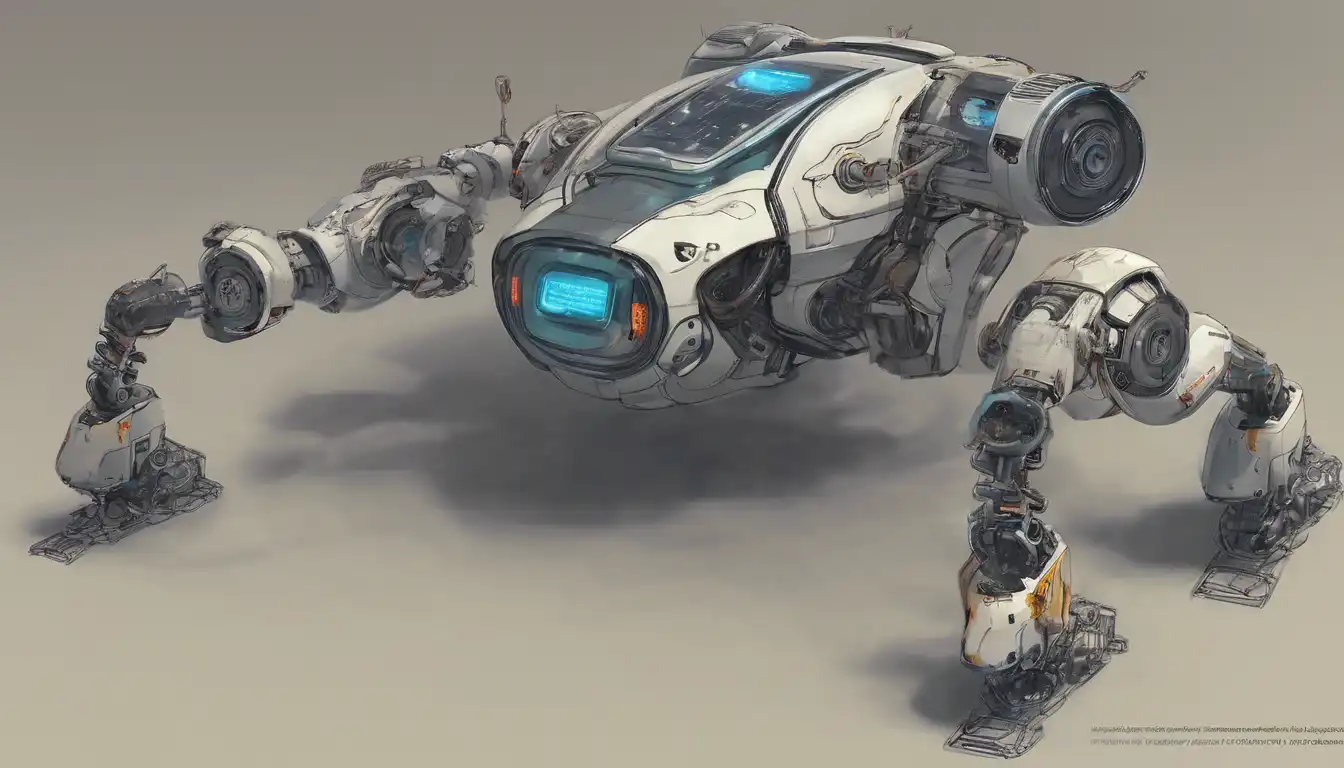Introduction to Ethical Robotics
In the rapidly evolving field of robotics, ethical considerations are becoming increasingly paramount. As we stand on the brink of a new era where robots and artificial intelligence (AI) systems are integrated into every aspect of human life, the moral implications of these technologies cannot be overlooked. This article delves into the ethical considerations that must guide robotics development to ensure a future where technology serves humanity positively.
The Importance of Ethical Guidelines in Robotics
Developing ethical guidelines for robotics is not just about preventing harm; it's about ensuring that these technologies enhance human life without infringing on rights or freedoms. From autonomous vehicles to AI-powered healthcare, the potential for both benefit and harm is immense. Ethical guidelines serve as a compass, directing developers towards responsible innovation.
Key Ethical Considerations
Several key ethical considerations must be addressed in robotics development:
- Autonomy vs. Control: Balancing the benefits of autonomous systems with the need for human oversight to prevent unintended consequences.
- Privacy: Ensuring that robots and AI systems respect user privacy and data protection laws.
- Safety: Designing robots that are safe for humans to interact with, including fail-safes to prevent accidents.
- Employment Impact: Addressing the potential displacement of jobs due to automation and finding ways to mitigate negative effects on the workforce.
Case Studies: Ethics in Action
Examining real-world applications of robotics can shed light on how ethical considerations are being implemented. For instance, in healthcare, robotic assistants are designed to support rather than replace human caregivers, emphasizing the importance of human touch in care. Similarly, in manufacturing, collaborative robots (cobots) work alongside humans, enhancing productivity while ensuring safety.
Looking Ahead: The Future of Ethical Robotics
As robotics technology continues to advance, the ethical framework surrounding its development must also evolve. This includes ongoing dialogue among technologists, ethicists, policymakers, and the public to address emerging challenges. The goal is to foster innovation that aligns with societal values and promotes the common good.
For further reading on the intersection of technology and ethics, explore our technology trends section.
Conclusion
The development of robotics holds incredible promise for improving human life, but it also poses significant ethical challenges. By prioritizing ethical considerations in the design and deployment of robotic technologies, we can ensure that these advancements benefit society as a whole. The journey towards ethical robotics is a collective responsibility, requiring the engagement of all stakeholders to navigate the moral landscape of innovation successfully.
